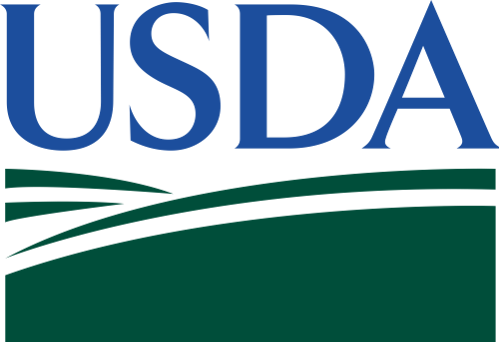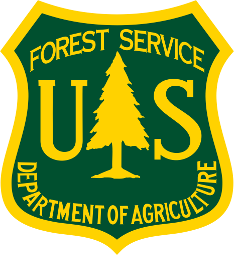Wildland Fire
The remote sensing community maps wildfire severity better than most other disturbances, particularly in the forested West where the targeted impact involves evergreen shrubs and trees. In the more deciduous-forests of the eastern US, canopy mortality is less of a concern than understory effects and the effects of frequent prescribed fire on fuels. When canopy mortality does occur, it is often as a fire gap, not a large fire patch unless favorable weather conditions, fuels, terrain and fire direction align. To capture these localized impacts, use of 10m Sentinel 2 imagery is particularly useful, yet patch mortality is usually well captured by both 30m Landsat and 10m Sentinel 2 imagery. Understory fire effects are particularly challenging to map due to low winter-spring illumination and vegetation phenology.
HiForm emphasizes NDVI because the targeted phenomenon of interest is the vegetation response and recovery signal rather than the burn footprint, which is often well expressed by alternative indices such as NBR. That is, we're interested in all aspects of vegetation dynamics across the landscape and NDVI dynamics provide a standardized well-documented way to do that that isn't tailored to any single disturbance or response. An additional benefit of NDVI is that it uses wavelengths that are available at 10m, while with NBR we're stuck with 20m Sentinel 2 products. Both indices can be produced at 30m using Landsat, however. Another limitation of NBR is that it doesn't lend itself to multi-date compositing as NBR composites can perpetuate cloud artifacts. That is, NBR is robust when clear views are available, but the HiForm workflow is designed to address the limitations common in humid, cloud-prone landscapes, such as the Southeastern US where that is frequently not the case.



